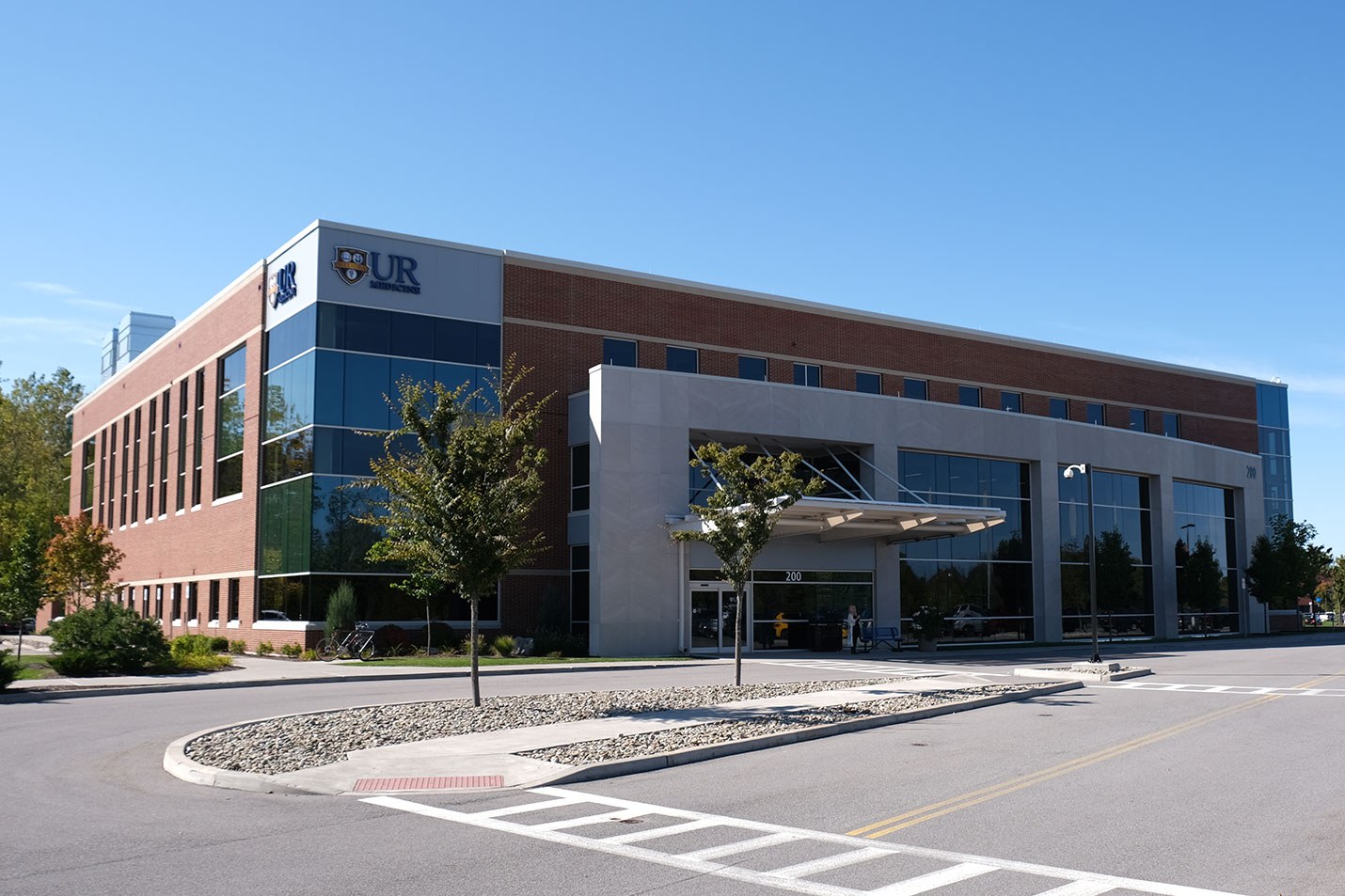Craniosyntosis
Make Appointments & Get Care
What Is Craniosyntosis?
The skull consists of several plates of bone that are separated by sutures. As infants grow and develop, the sutures close, forming the skull. Craniosynostosis is a condition in which the sutures close too early, causing problems with normal brain and skull growth.
Premature closure of the sutures may also cause the pressure inside of the head to increase and the skull or facial bones to change from a normal, symmetrical appearance.
In infants with this condition, the appearance of the child's face may not be the same when compared to the other side. Other symptoms may include:
- a full or bulging fontanelle (soft spot located on the top of the head)
- sleepiness (or less alert than usual)
- very noticeable scalp veins
- increased irritability
- high-pitched cry
- poor feeding
- projectile vomiting
- increasing head circumference
- seizures
- bulging eyes and an inability to look upward with the head facing forward
- developmental delays
There are numerous types of craniosynostosis, including:
- Plagiocephaly — fusion of either the right or left side of the coronal suture that runs from ear to ear, causing the forehead and brow to stop growing.
- Trigonocephaly — fusion of the metopic (forehead) suture, resulting in a prominent ridge running down the forehead.
- Scaphocephaly — fusion of the sagittal suture, causing a long, narrow skull.
Craniosynostosis most often occurs by chance but can also be inherited.
Craniosynostosis is a feature of many different genetic syndromes. It is important for the child as well as family members to be examined carefully for signs of an inherited genetic disorder of craniosynostosis such as limb defects, ear abnormalities, or cardiovascular malformations.
Craniosynostosis may be present at birth or may be observed later. The healthcare provider will do a thorough physical examination and will inquire about family history and developmental milestones.
During the examination, a measurement of the circumference of your child's head is taken and plotted on a graph to identify normal and abnormal ranges.
Diagnostic tests that may be performed to confirm the diagnosis include:
UR Medicine's Treatments for Craniosyntosis
An expert medical team will work with you to develop a specialized treatment plan and to provide education and guidance throughout your child’s life. Specific treatment for craniosynostosis will vary based on the condition, but most children require surgery.
The optimal time to perform surgery is before the child is 1 year of age, though it may be necessary at a much earlier age depending upon the severity of the condition. The goal of treatment is to reduce the pressure in the head and correct the deformities of the face and skull bones.
A child with craniosynostosis requires frequent medical evaluations to ensure that the skull, facial bones, and brain are developing normally.
What Sets Us Apart?
UR Medicine is a world-class medical center and leading academic institution. Our providers offer outstanding patient-centered care and conduct breakthrough research in neurology.
Highly specialized newborn care is provided in our Neonatal Intensive Care Unit (NICU). Our NICU is a Level IV care facility and treats all neonatal medical and surgical problems, including advanced therapy for cardiac and pulmonary diseases, such as cardiac surgery and ECMO.
UR Medicine’s Golisano Children’s Hospital's Neonatology program has been recognized as one of the nation's best in the U.S. News & World Report's Best Children's Hospital rankings.
Providers
Locations
We serve you in the Rochester metropolitan area and surrounding region.
1 location
200 East River Road, 3rd Floor
Rochester, NY 14623
